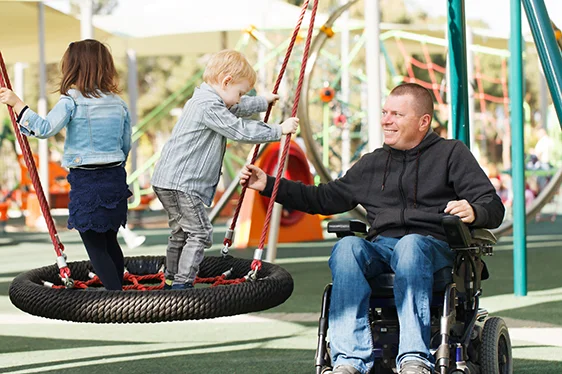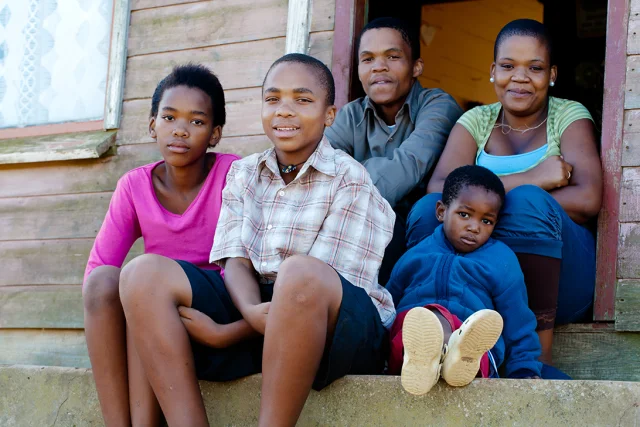Tag: families

A third of the people who receive federal disability benefits have no income other than their benefit checks. And given their serious medical conditions, their death rate is much higher than that of the general population. In such a vulnerable group, small increases in their disability checks produce big results, finds a new study funded…

Do you know the main reason Americans slip into homelessness? Are you aware of the roots of this longstanding crisis? The best way to counter negative views of homelessness is to develop a better understanding of why it exists and who it affects. The Urban Institute has put together a quick quiz to explore an issue that…




